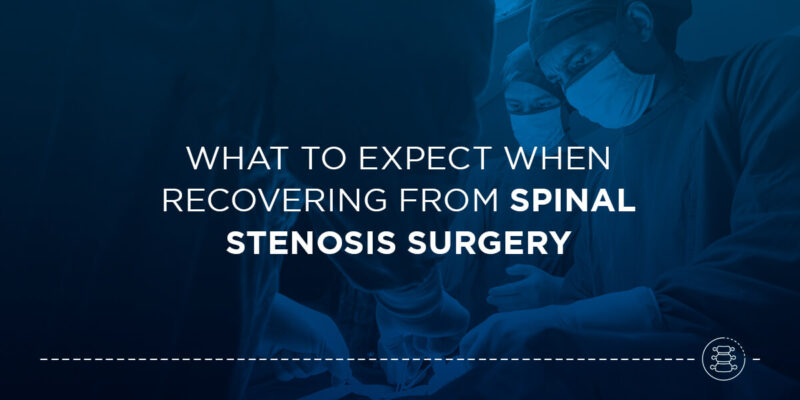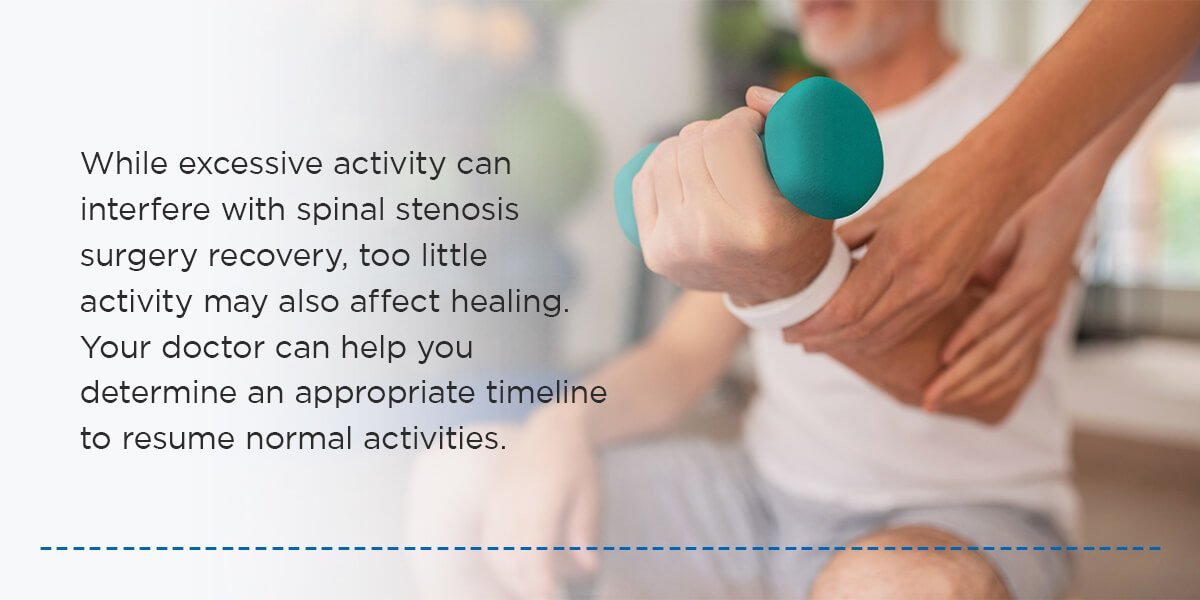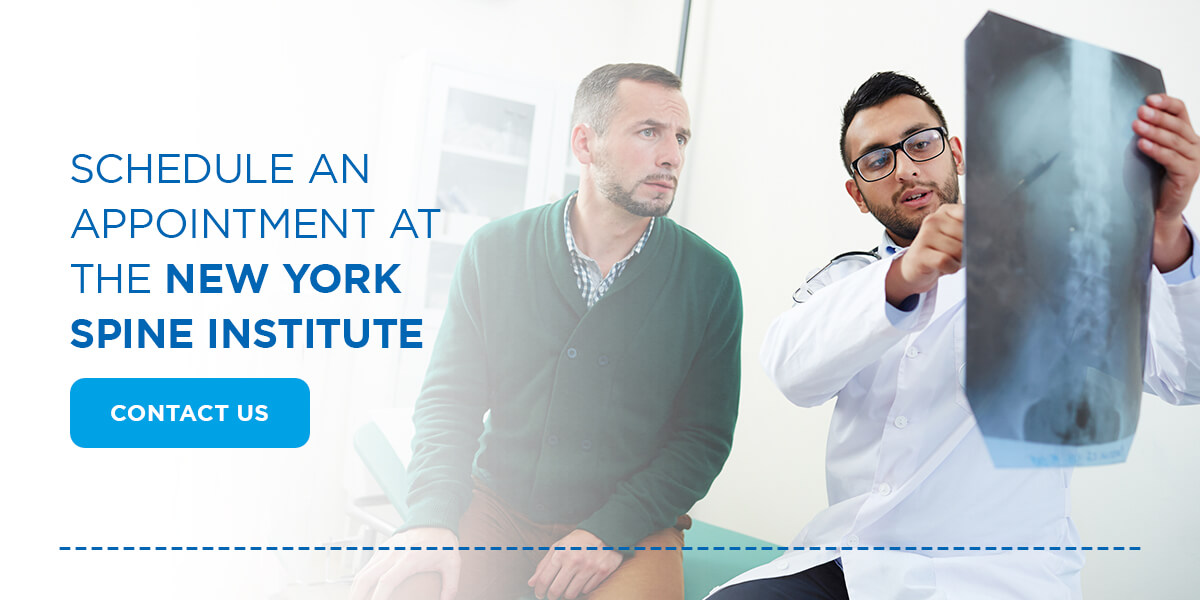

Your spinal bones, which run from the skull to the tailbone, play a vital role in protecting the spinal cord. They provide structure and support for the body, enabling you to move and bend comfortably. When the spaces between the spinal bones begin to contract, the spinal cord and nerve roots compress, resulting in a condition called spinal stenosis.
As you can imagine, spinal stenosis puts immense pressure on the spine and makes regular movement far more difficult. Thankfully, there are multiple surgical and non-surgical options for treating this condition.
Here’s your complete guide to spinal stenosis, including causes, treatment options and expected recovery time after spinal stenosis surgery.
Spinal stenosis occurs when one or more of the spaces within the spine start to narrow, reducing space for nerves to travel through the spine. While it’s more likely to occur in older individuals, younger people with scoliosis or other spinal conditions can also be at risk of developing spinal stenosis.
The two main types of spinal stenosis are:
Treatment methods vary depending on the severity. Depending on the location of the spinal stenosis and how much it narrows over time, the compression of the spinal cord or a spinal nerve can cause muscle tingling, pain, numbness or weakness. Severe cases of spinal stenosis may cause problems with bowel or bladder function. While these symptoms can worsen over time, some people don’t experience any symptoms of spinal stenosis.
Some individuals are born with small spinal canals that lead to spinal stenosis. However, spinal stenosis typically occurs when another condition reduces the amount of space within the spine. The following factors can cause spinal stenosis:
A doctor might suggest one or more of these treatment options before turning to surgery:
Many patients respond well to non-surgical methods like medication. However, certain instances may require spinal stenosis surgery, such as:
Spinal stenosis surgery helps reopen the spinal canal. It aims to decompress the spinal cord or nerve to restore function and stimulate healing. There are three main types of spinal stenosis surgery:

The hospital will likely discharge you to begin recovery two or three days after your surgery. It’s important to limit certain activities like bending, twisting, lifting heavy items and driving. Avoid activities that can hinder recovery, like housework, yardwork, exercising and smoking. Your physician will cover a list of activities you can and cannot do to ensure a smooth, successful recovery process.
Try to avoid sitting for long periods as well. While excessive activity can interfere with spinal stenosis surgery recovery, too little activity may also affect healing. Your doctor can help you determine an appropriate timeline to resume normal activities.
Depending on the extent of your surgery and restrictions after your operation, your doctor may also recommend physical therapy. Physical therapy typically runs two or three times a week for four to six weeks. Your physical therapist and doctor will determine if additional sessions are necessary after this time frame.
Your pain and swelling will likely start to decrease within the first few weeks after your spinal stenosis surgery. After about four to six weeks, most people can comfortably return to work without their prescribed pain medications. Just be gentle with movement and let pain be your guide.

If you think you may be dealing with spinal stenosis, our team at the New York Spine Institute on Long Island can assist you. Specializing in various orthopedic and spine conditions, we’ll help you create a customized care plan so you can receive the treatment necessary for recovery.
We offer a range of specialized services, from pain management to neurosurgery to physical therapy. Our diagnostics and treatment options can help relieve spinal stenosis symptoms, starting your journey to recovery so you can resume your normal activities and lifestyle. Contact us online today to learn more about our services or schedule an appointment.